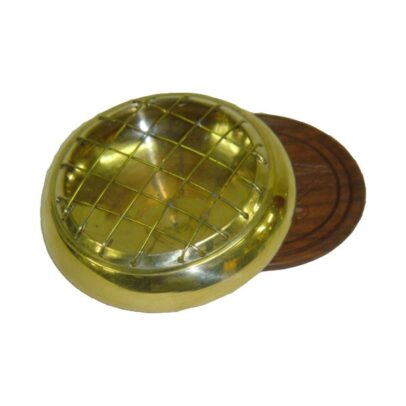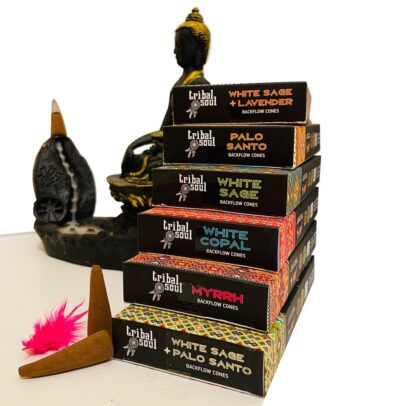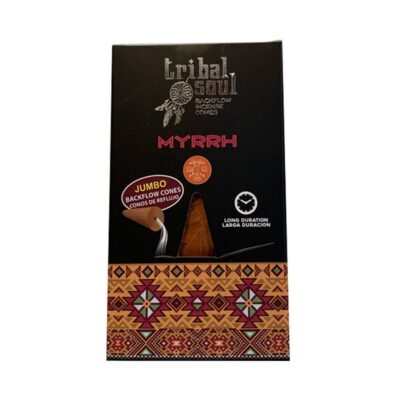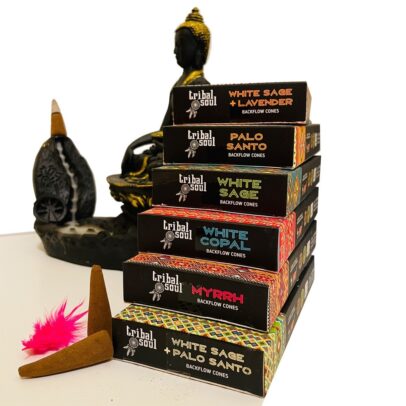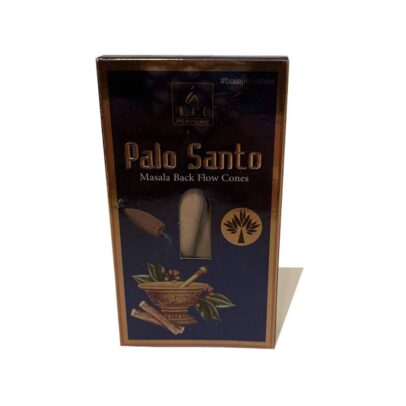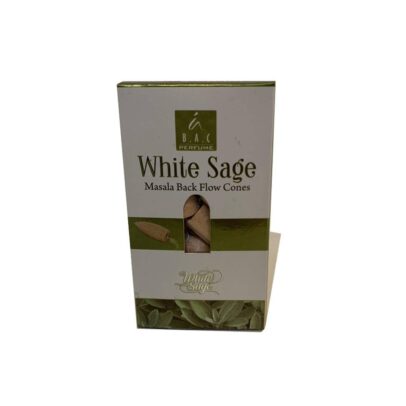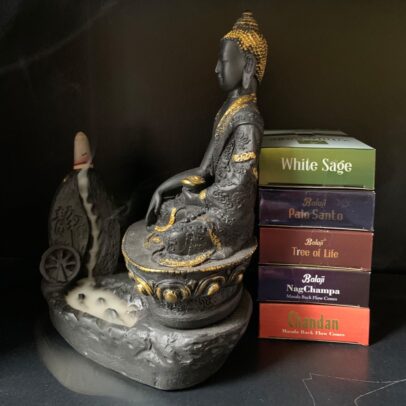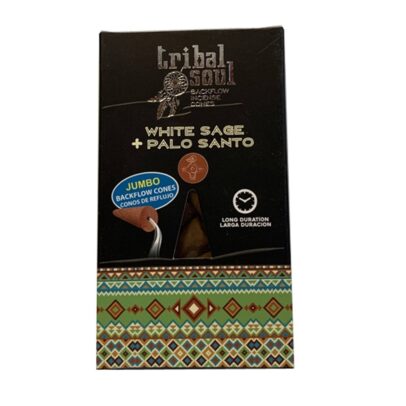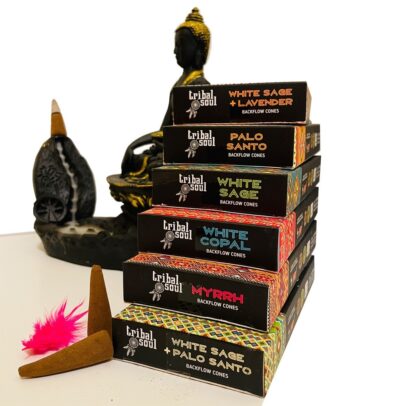Normal
0
21
false
false
false
FR-CA
X-NONE
X-NONE
/* Style Definitions */
table.MsoNormalTable
{mso-style-name:”Table Normal”;
mso-tstyle-rowband-size:0;
mso-tstyle-colband-size:0;
mso-style-noshow:yes;
mso-style-priority:99;
mso-style-parent:””;
mso-padding-alt:0cm 5.4pt 0cm 5.4pt;
mso-para-margin-top:0cm;
mso-para-margin-right:0cm;
mso-para-margin-bottom:10.0pt;
mso-para-margin-left:0cm;
line-height:115%;
mso-pagination:widow-orphan;
font-size:11.0pt;
font-family:”Calibri”,sans-serif;
mso-ascii-font-family:Calibri;
mso-ascii-theme-font:minor-latin;
mso-hansi-font-family:Calibri;
mso-hansi-theme-font:minor-latin;
mso-bidi-font-family:”Times New Roman”;
mso-bidi-theme-font:minor-bidi;
mso-fareast-language:EN-US;}
As the name indicates, backflow Incense cones produce a smoke that flows downwards because of a small tunnel in its center with a hole at the bottom of the cone. With regular incense cones, smoke flows upwards because hot smoke is lighter than room-temperature air. With backflow cones, the smoke is drawn in the hollow tunnel when lit, allowing it to cool down along the way. When smoke cools, it becomes denser, so when it exits the incense cone at the bottom, it flows gently downwards to create a water-like, calming, and whimsical smoke river.

